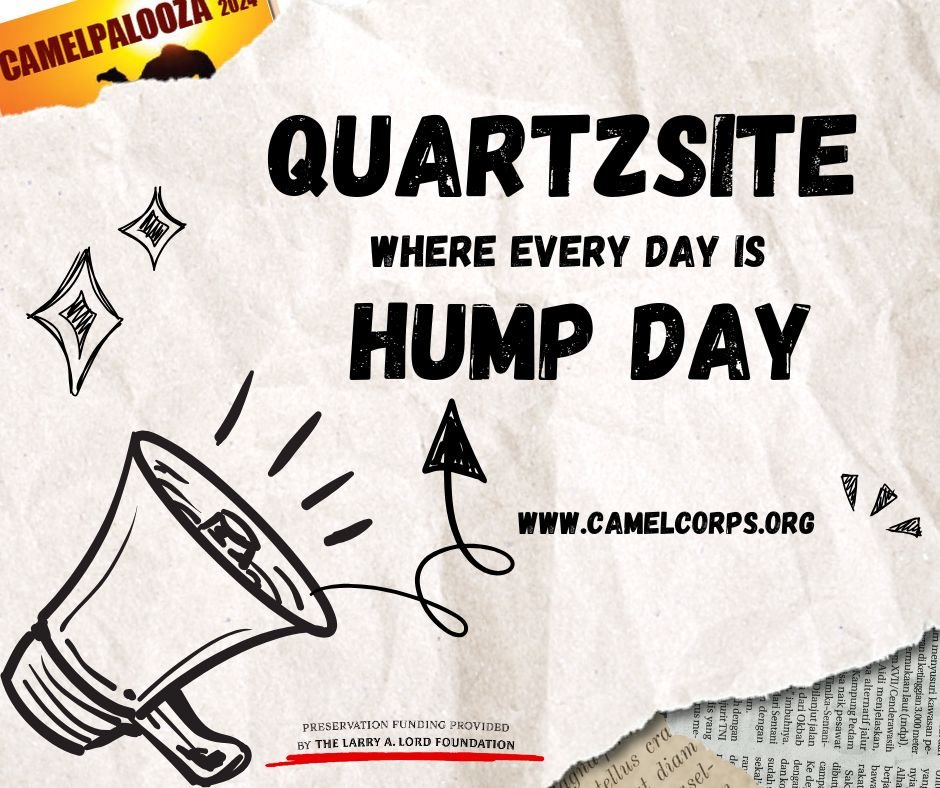
Peddler’s Village
“It all begins with an idea”
Phil Bates Memorial Stage
Joanne’s Gum Gallery
Anton Hagely General Store and Hotel Site
Marrying Judge George Hagely Monument
Quartzsite’s First School House
Quartzsite Camelpalooza
WHO CAN RENT A SPACE AT PEDDLER’S VILLAGE?
Anyone who wants to expose their product, creation, idea, or business to a large number of potential customers. Vendors can simply rent their permanent or temporary store at Peddler’s Village without the high overhead costs and expenses associated with most retail spaces.
Rest easy - we'll keep your store safe and secure.
So, if you are starting a new business, looking for an outlet to expand an existing business, want to turn your hobby into income, or just looking for a place to sell your crafts, then Peddlers Village will have a space for you.




